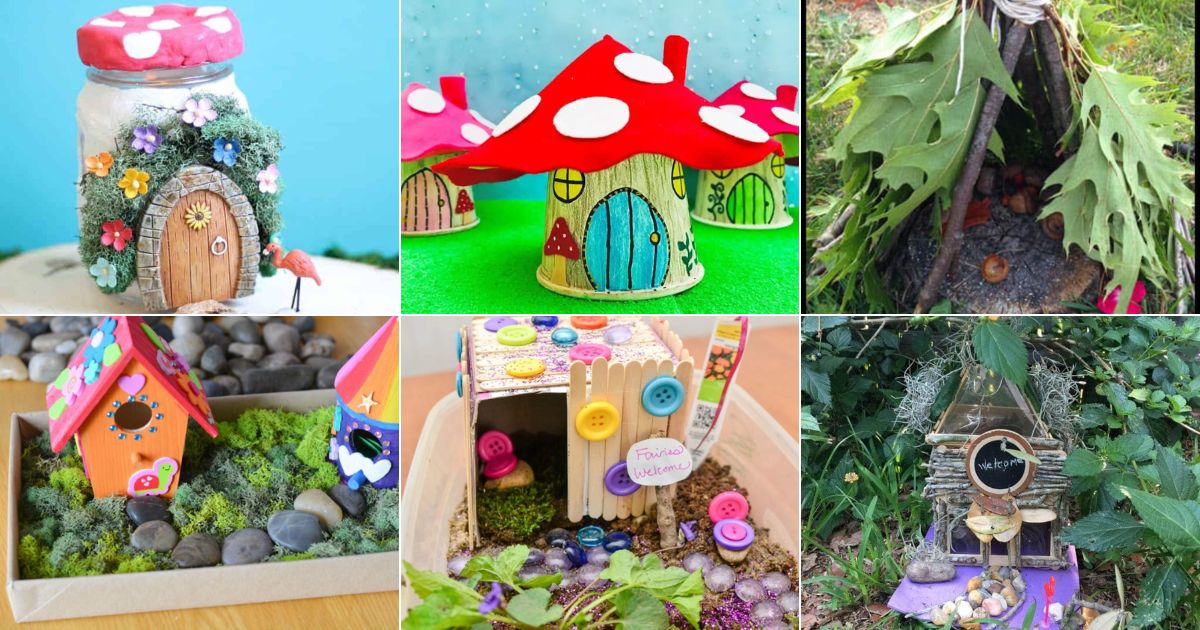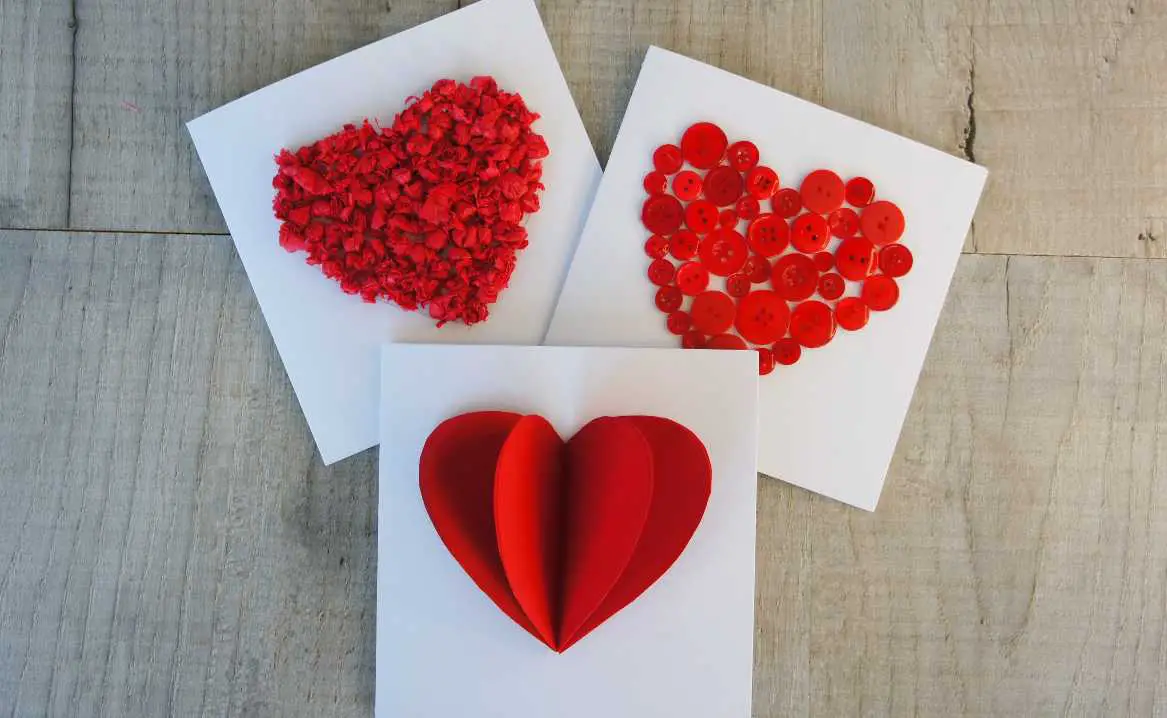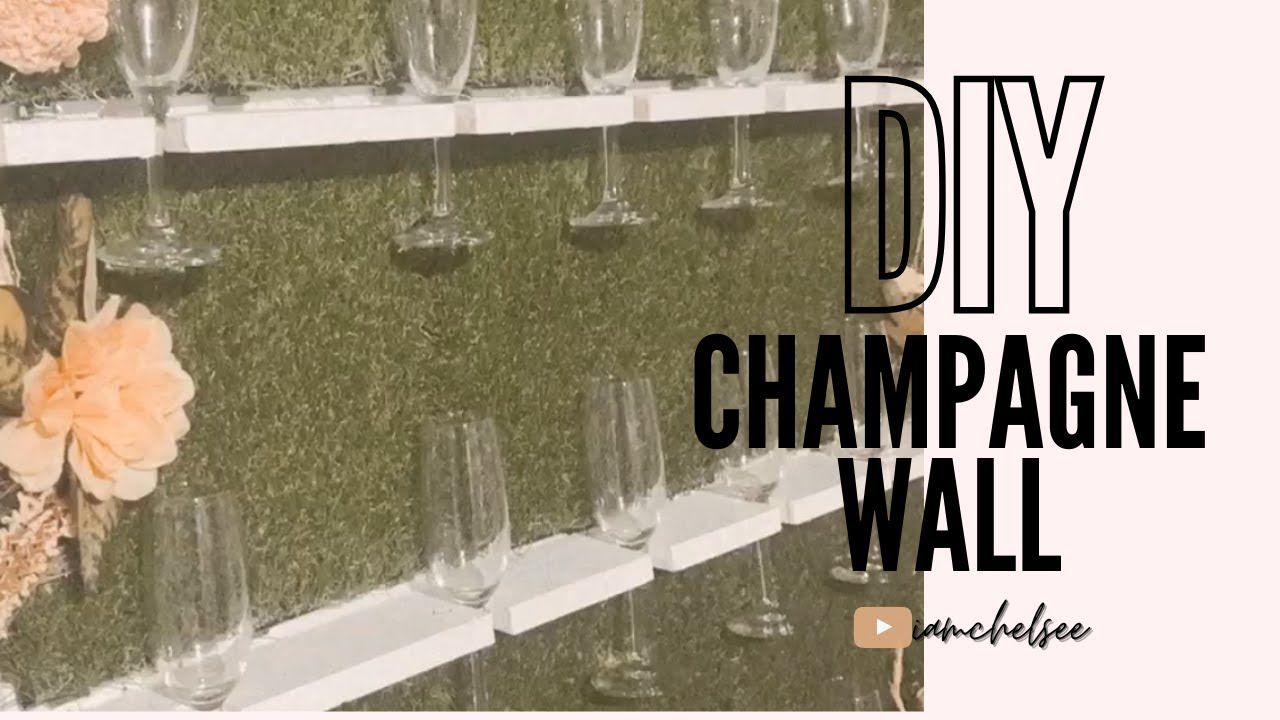DIY fairy houses, miniature havens for whimsical creatures, offer a delightful blend of creativity and imagination. Building a fairy house is more than just a craft; it’s an opportunity to tap into the magic of nature and create a miniature world brimming with charm.
From the humble beginnings of using natural materials to the elaborate structures adorned with intricate details, fairy houses have captured the hearts of people of all ages. Whether you’re seeking a relaxing hobby or a unique way to add whimsy to your garden, this guide will lead you through the enchanting world of DIY fairy houses.
Materials for Building Fairy Houses
Building a fairy house is a fun and creative activity that allows you to tap into your imagination and create a whimsical dwelling for your favorite tiny creatures. With a little creativity and the right materials, you can construct a fairy house that is both charming and sturdy.
Common Materials for Fairy Houses
This section discusses common materials used for building fairy houses, exploring their advantages and disadvantages.
- Natural Materials:
- Twigs and branches: These can be used to create the basic structure of the fairy house. They are readily available and provide a natural look.
- Pinecones: These can be used for the roof or walls of the fairy house. They offer a unique and rustic appeal.
- Leaves and moss: These can be used for decoration and to create a more natural and earthy feel.
- Stones and pebbles: These can be used for the foundation or to create pathways around the fairy house.
- Recycled Materials:
- Cardboard: This is a versatile material that can be used for walls, roofs, and other parts of the fairy house.
- Plastic bottles: These can be cut and shaped to create windows, doors, and other decorative elements.
- Tin cans: These can be used for chimneys or other decorative elements.
- Other Materials:
- Wood: Small pieces of wood can be used to create doors, windows, and other structural elements.
- Clay: This can be used to create decorative elements such as flower pots or chimneys.
- Fabric: Fabric can be used to create curtains, rugs, and other decorative elements.
Pros and Cons of Different Materials
This section provides a comparative analysis of various materials commonly used for building fairy houses.
| Material | Pros | Cons |
|---|---|---|
| Natural Materials | – Readily available – Natural look – Environmentally friendly |
– Can be fragile – May decompose over time – May attract insects |
| Recycled Materials | – Sustainable – Affordable – Versatile |
– May not be as durable as other materials – Can be difficult to work with |
| Other Materials | – Durable – Easy to work with – Wide range of options |
– May be more expensive – May not be as environmentally friendly |
Decorating Fairy Houses

Once you’ve built your fairy house, it’s time to unleash your creativity and decorate it! Think about the personality of the fairy who might live there and let that guide your choices. You can create a cozy and whimsical abode that’s truly unique.
Decorative Techniques
Here are some ways to decorate your fairy house:
- Painting: Use acrylic paints to add color and detail to your fairy house. You can paint the entire structure, create patterns, or add accents like doors, windows, and shingles.
- Gluing: Glue on embellishments like glitter, beads, buttons, or even tiny pieces of broken jewelry to add sparkle and texture.
- Crafting: Get crafty with paper, fabric scraps, and other materials to create miniature furniture, curtains, and other accessories.
Decorative Elements
Here are some examples of decorative elements that can add charm to your fairy house:
- Miniature Furniture: Tiny tables, chairs, beds, and even fireplaces can add a touch of homey charm. You can find these at craft stores, online, or even make them yourself using materials like toothpicks, bottle caps, and cardboard.
- Fairy Lights: String lights can create a magical glow inside and outside the fairy house. Consider using battery-operated fairy lights for safety.
- Painted Details: Add intricate details like doors, windows, and shingles with paint. You can also use paint to create patterns or even paint a miniature garden around the house.
- Natural Materials: Use natural materials like twigs, leaves, moss, and stones to add a touch of nature to your fairy house. These elements can be used to create paths, walls, and even furniture.
Creating a Whimsical Atmosphere, Diy fairy house
To create a truly enchanting atmosphere, consider these ideas:
- Add a Secret Entrance: Make a tiny door or window that only fairies can enter.
- Create a Miniature Garden: Use moss, pebbles, and miniature plants to create a lush and inviting garden around the fairy house.
- Hang a Swing: Create a miniature swing using string and a small piece of wood.
- Include a Miniature Pond: Use a small bowl or dish and add water, pebbles, and miniature plants to create a pond for fairies to swim in.
Fairy House Crafts and Activities
Fairy houses are a fun and creative way to bring a touch of magic to your garden or home. You can create your own fairy houses using a variety of materials, from natural elements to recycled materials. There are many crafts and activities you can do to enhance your fairy house creations.
Creating Fairy House Accessories
Creating fairy house accessories can add a special touch to your creations. Here are some ideas for making fairy doors, miniature gardens, and fairy wings:
- Fairy Doors: Fairy doors can be made from a variety of materials, such as wood, cardboard, or even recycled materials. You can paint them with vibrant colors, add details like hinges and door knobs, and decorate them with flowers, leaves, or other natural elements. To create a more realistic effect, you can attach a tiny latch or handle to the door.
- Miniature Gardens: Miniature gardens are a charming addition to fairy houses. You can create them in small containers, such as teacups, saucers, or even empty shells. Use miniature plants, rocks, moss, and other natural elements to create a miniature landscape.
- Fairy Wings: Fairy wings can be made from a variety of materials, such as cardboard, felt, or feathers. You can cut out wings from cardboard or felt, paint them with vibrant colors, and decorate them with glitter, sequins, or other embellishments. You can also use feathers to create wings, attaching them to a base made from cardboard or felt.
Benefits of Engaging in Fairy House Crafts
Engaging in fairy house crafts offers numerous benefits, including:
- Creativity and Imagination: Fairy houses encourage creativity and imagination, allowing individuals to express themselves through design and decoration.
- Fine Motor Skills: Building fairy houses and accessories involves intricate tasks, such as cutting, gluing, and decorating, which helps to develop fine motor skills.
- Nature Appreciation: Using natural materials like twigs, leaves, and stones fosters an appreciation for nature.
- Relaxation and Stress Relief: The process of creating fairy houses can be therapeutic and relaxing, providing a break from daily stresses.
Conclusive Thoughts: Diy Fairy House
As you embark on your fairy house journey, remember that the possibilities are endless. Let your imagination soar, experiment with different materials and designs, and create a fairy house that reflects your unique personality. Whether you choose to build a grand castle for a royal fairy or a cozy cottage for a woodland sprite, your creation will undoubtedly bring joy and wonder to all who behold it.
Creating a DIY fairy house can be a fun and whimsical project. You can use a variety of materials, from natural elements like twigs and moss to recycled items like cardboard boxes and tin cans. If you’re looking for inspiration for other DIY projects around your home, you can find plenty of ideas on a website like diy home.
After you’ve finished your fairy house, you can add a touch of magic by placing it in your garden or on your windowsill.




